I am working on a problem for which we aim to solve with deep Q learning. However, the problem is that training just takes too long for each episode, roughly 83 hours. We are envisioning to solve the problem within, say, 100 episode.
So we are gradually learning a matrix (100 * 10), and within each episode, we need to perform 100*10 iterations of certain operations. Basically we select a candidate from a pool of 1000 candidates, put this candidate in the matrix, and compute a reward function by feeding the whole matrix as the input:
The central hurdle is that the reward function computation at each step is costly, roughly 2 minutes, and each time we update one entry in the matrix.
All the elements in the matrix depend on each other in the long term, so the whole procedure seems not suitable for some "distributed" system, if I understood correctly.
Could anyone shed some lights on how we look at the potential optimization opportunities here? Like some extra engineering efforts or so? Any suggestion and comments would be appreciated very much. Thanks.
======================= update of some definitions =================
0. initial stage:
- a 100 * 10 matrix, with every element as empty
1. action space:
- each step I will select one element from a candidate pool of 1000 elements. Then insert the element into the matrix one by one.
2. environment:
each step I will have an updated matrix to learn.
An oracle function F returns a quantitative value range from 5000 ~ 30000, the higher the better (roughly one computation of F takes 120 seconds).
This function F takes the matrix as the input and perform a very costly computation, and it returns a quantitative value to indicate the quality of the synthesized matrix so far.
This function is essentially used to measure some performance of system, so it do takes a while to compute a reward value at each step.
3. episode:
By saying "we are envisioning to solve it within 100 episodes", that's just an empirical estimation. But it shouldn't be less than 100 episode, at least.
4. constraints
Ideally, like I mentioned, "All the elements in the matrix depend on each other in the long term", and that's why the reward function F computes the reward by taking the whole matrix as the input rather than the latest selected element.
Indeed by appending more and more elements in the matrix, the reward could increase, or it could decrease as well.
5. goal
The synthesized matrix should let the oracle function F returns a value greater than 25000. Whenever it reaches this goal, I will terminate the learning step.
